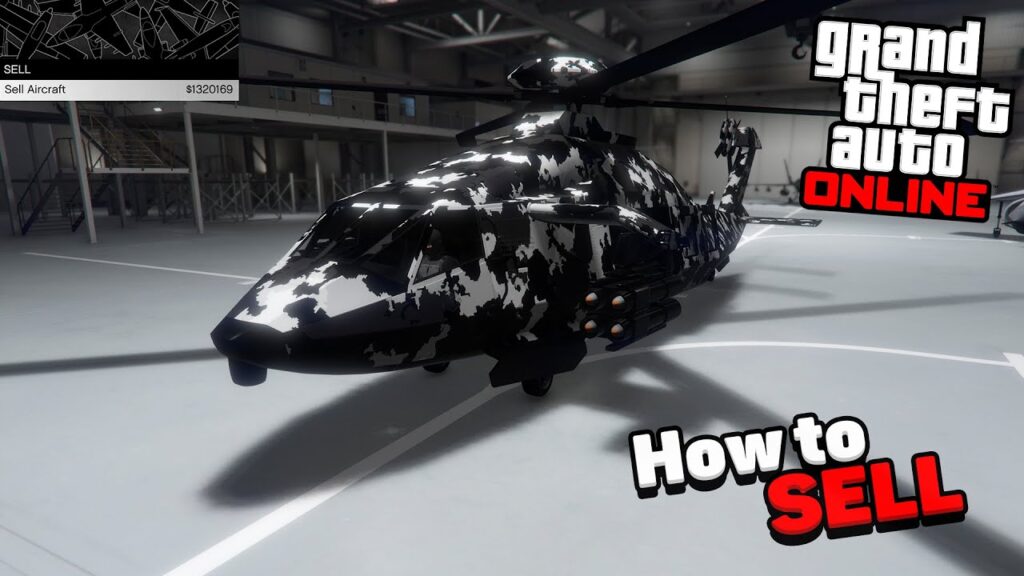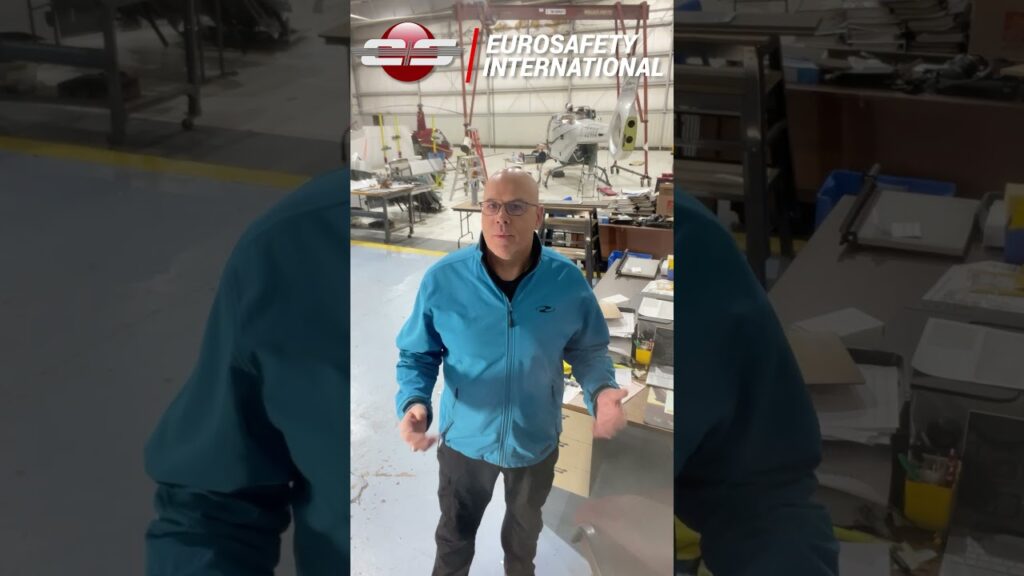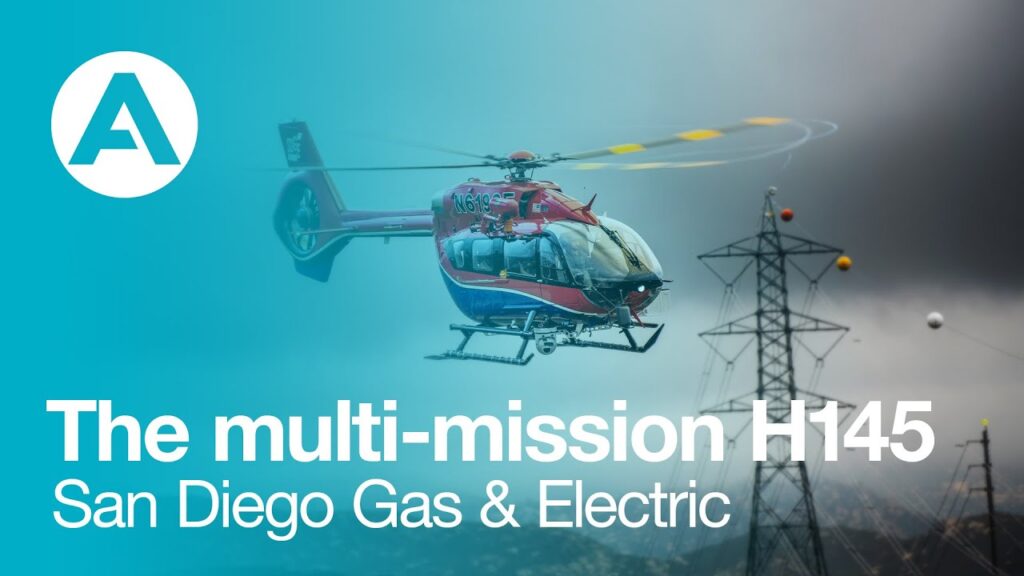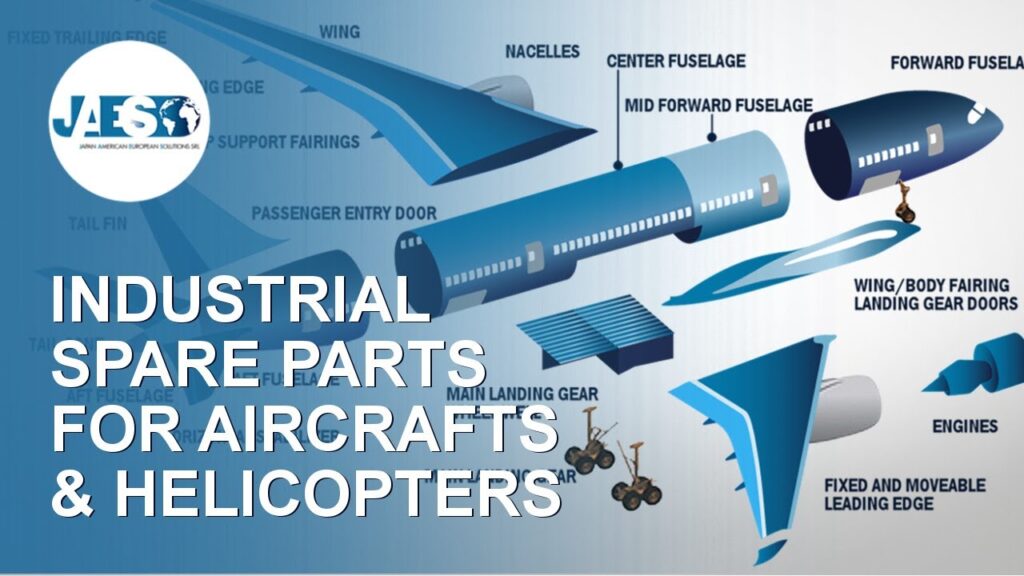Understanding the 12 Year Helicopter Inspection
The 12 Year Helicopter Inspection is a critical milestone in the lifecycle of a helicopter. This comprehensive check is mandated by various aviation authorities to ensure that aircraft remain safe and airworthy over time. As helicopters are exposed to a multitude of stresses during operation, this inspection serves as an essential health check to identify wear and tear, potential safety concerns, and maintenance needs that may not be obvious during regular checks.
Diving into the specifics, the 12 Year Inspection encompasses a thorough examination of the helicopter’s structure, systems, and components. Crucially, this inspection requires the disassembly of major elements of the helicopter to allow for detailed scrutiny of parts that are normally inaccessible during routine inspections. This process can unearth issues such as corrosion, metal fatigue, and hidden damage that could compromise the safety of the aircraft if left unaddressed.
While the 12 Year Helicopter Inspection might seem like a daunting process, it offers a significant opportunity for helicopter owners and operators. It is a chance to upgrade systems, implement service bulletins, and make modifications that can enhance performance, reliability, and compliance with the latest safety standards. Therefore, this inspection not only ensures the longevity of the helicopter but also allows for enhancements that can improve the overall flying experience.
The cost and downtime associated with the 12 Year Inspection are noteworthy, and planning is essential to minimize the impact on operational readiness. Operators are encouraged to schedule the inspection during off-peak periods and work with reputable maintenance providers that have a track record of performing thorough and efficient inspections. By understanding and preparing for this critical maintenance event, helicopter stakeholders can assure the continued safety and serviceability of their aircraft well beyond the inspected timeframe.
The Importance of Regular 12 Year Inspections for Helicopter Safety
Safety is paramount when it comes to helicopter tours, and one of the critical aspects of ensuring a helicopter is safe for flight is adhering to strict maintenance schedules. Among these, the regular 12-year inspection stands out as a key milestone in a helicopter’s lifecycle. During this comprehensive check, every component of the aircraft is meticulously scrutinized to detect wear and tear, corrosion, or other potential safety hazards.
Structural integrity is one of the primary areas of focus during the 12-year inspection. Helicopters are subject to rigorous forces and stresses during flight, which can slowly compromise the aircraft’s structure over time. This inspection ensures that the frame and body of the helicopter are free from critical damage, ensuring that the aircraft can continue to operate safely.
Additionally, the 12-year inspection serves as an opportunity to update navigation and communication systems to the latest standards. With technology constantly advancing, it’s essential that helicopters are equipped with the most up-to-date systems to ensure effective communication with air traffic control and accurate navigation in varied weather conditions and challenging environments.
During this inspection period, it’s not uncommon for parts to be completely overhauled or replaced. This proactive approach to maintenance means that helicopters remain reliable and decreases the likelihood of in-flight malfunctions. Furthermore, detailed records of the inspections and any interventions carried out are meticulously maintained, contributing to the ongoing safety management and value retention of the aircraft.
What Happens During a 12 Year Helicopter Inspection?
Every helicopter is subject to stringent maintenance schedules to ensure the safety and reliability of the aircraft. A 12-year inspection is one of the most comprehensive examinations a helicopter undergoes during its operational life. It is often referred to as an ‘overhaul’ due to the extensive level of detail and care put into the inspection process. This crucial procedure is not only about compliance with regulatory standards but is also a pivotal measure for guaranteeing the longevity and performance of the helicopter.
The 12-year inspection begins with the complete disassembly of the helicopter. Each component, from the rotor blades to the smallest bolt, is carefully inspected for signs of wear, fatigue, or damage. Technicians meticulously look for any issues that could compromise the safety of the aircraft or its functionality. This is a labor-intensive phase, demanding a high degree of expertise to identify potential problems that are not visible during routine checks.
Non-Destructive Testing (NDT) methods play a significant role during this in-depth inspection. Techniques such as ultrasonic testing, magnetic particle inspection, and x-ray imaging are utilized to detect imperfections or internal flaws within the helicopter’s structure and components. These advanced methods are crucial for uncovering defects that would otherwise go unnoticed, ensuring that the aircraft remains structurally sound and safe to fly.
Once all the parts have been inspected and either cleared, repaired, or replaced, the reassembly process begins. This is a stage of precision and care, as each component must be put back in place following exact specifications. The helicopter’s systems, including electrical, hydraulic, and control systems, are tested rigorously to confirm they operate as intended. At the end of the overhaul, the helicopter is subjected to a thorough test flight conducted by experienced pilots to ensure that every system functions smoothly after the extensive revamp.
How 12 Year Inspections Impact Helicopter Tour Operations
Every helicopter utilized for tour operations is subject to stringent maintenance schedules, with the 12-year inspection being particularly influential on the operational availability of the fleet. This comprehensive check is often referred to as the «12-year overhaul» because it essentially involves a complete teardown and inspection of the aircraft. During this period, tour operators must plan for a temporary reduction in their fleet, which can affect scheduling and availability of tours. To ensure continued service, operators typically stagger the inspections or rely on reserve helicopters to minimize disruptions.
The 12-year inspection is not only critical for safety and compliance with aviation regulations, but it also allows operators to implement upgrades and the latest navigation technologies. Enhancements in GPS tools, collision avoidance systems, and passenger comfort features are typically carried out during this time. Consequently, these updates may briefly alter the fleet composition and capacities, as helicopters are cycled through the maintenance process. Passengers could potentially experience the benefits of these advancements, offering a heightened level of service and safety.
Financial planning for helicopter tour companies must account for the cost and downtime associated with the 12-year inspections. As these inspections are rigorous and time-consuming, operators may face significant expenses in labor, parts replacement, and potential loss of business if not properly anticipated. Consequently, tour pricing and the frequency of tours offered may reflect the necessity to offset the substantial investment in continued airworthiness. Tour guests are encouraged to book their flights well in advance, especially during peak seasons when fewer aircraft might be available due to these unavoidable maintenance cycles.
Choosing a Trusted Maintenance Partner for Your 12 Year Helicopter Inspection
When the time comes for a 12-year helicopter inspection, selecting a reliable maintenance partner is critical to ensure the longevity and safety of your aircraft. A thorough inspection by a certified technician will not only affirm the helicopter’s airworthiness but also identify any potential issues that could compromise safety or performance in the future. It’s important to choose a maintenance provider that has extensive experience with your specific helicopter model and type, and one that strictly adheres to the aviation industry’s maintenance standards and regulations.
During the selection process, consider searching for maintenance partners with a solid reputation among the helicopter community. Seek out recommendations from other helicopter owners and pilots, as the insight from their experiences can be invaluable. Furthermore, certifications and accreditations from aviation authorities should be non-negotiable criteria in your decision-making process. A provider that regularly invests in the training of their technicians and stays abreast of the latest technological developments in helicopter maintenance will undoubtedly offer a higher level of service and expertise.
Lastly, transparency and clear communication are pivotal. The right maintenance partner will offer detailed explanation of the inspection process, provide comprehensive quotes, and keep you informed at every stage of the inspection. This includes any necessary repairs or replacements that are discovered during the inspection. Understanding the scope of work, timeline, and costs involved will give you peace of mind by ensuring that there are no unwelcome surprises. Remember, a meticulously performed 12-year inspection by a trusted partner is not just a regulatory formality, but a fundamental practice that keeps your helicopter flying safely for years to come.
Ensuring Compliance with FAA Regulations through 12 Year Inspections
When embarking on helicopter tours in the USA, safety is paramount. One of the keystones in maintaining safety is adherence to the Federal Aviation Administration (FAA) regulations, which mandate comprehensive 12-year inspections for all commercial helicopters. As tour operators, we take this requirement seriously, ensuring that our fleet is thoroughly inspected and compliant with the highest safety standards.
During a 12-year inspection, every component of the helicopter is scrutinily examined. This ranges from the main rotor system, which is vital for flight, to the tail rotor, engine, and fuselage. Our trained technicians take apart these major elements to look for any signs of wear, corrosion, or damage that could compromise the helicopter’s integrity. By doing so, we detect and rectify any issues before they evolve into safety hazards.
Meticulous Record Keeping is another critical aspect of the 12-year inspection process. Maintenance logs are meticulously updated with every detail of the inspections and repairs. This ensures a transparent trail of the helicopter’s health and maintenance history, which is crucial for future inspections and for verifying the aircraft’s compliance with the strict FAA regulations.
In addition to the thorough inspections, we also implement any required modifications or upgrades that have been mandated by the FAA or the helicopter manufacturer. These updates are essential for keeping up with the evolving safety standards and technological advancements in aviation. Our commitment to incorporating these updates underscores our dedication to providing not only a breathtaking touring experience but also a secure one.
Lastly, training and expertise are at the heart of our operations. Our technicians receive ongoing education to keep abreast of the latest maintenance techniques and FAA regulation changes. This ensures that they are equipped to perform the exhaustive 12-year inspections with the precision that our customers’ safety depends on. At every step, from initial training to the final sign-off on an inspection, we maintain a culture of excellence that upholds the safety and enjoyment of our helicopter tours.






